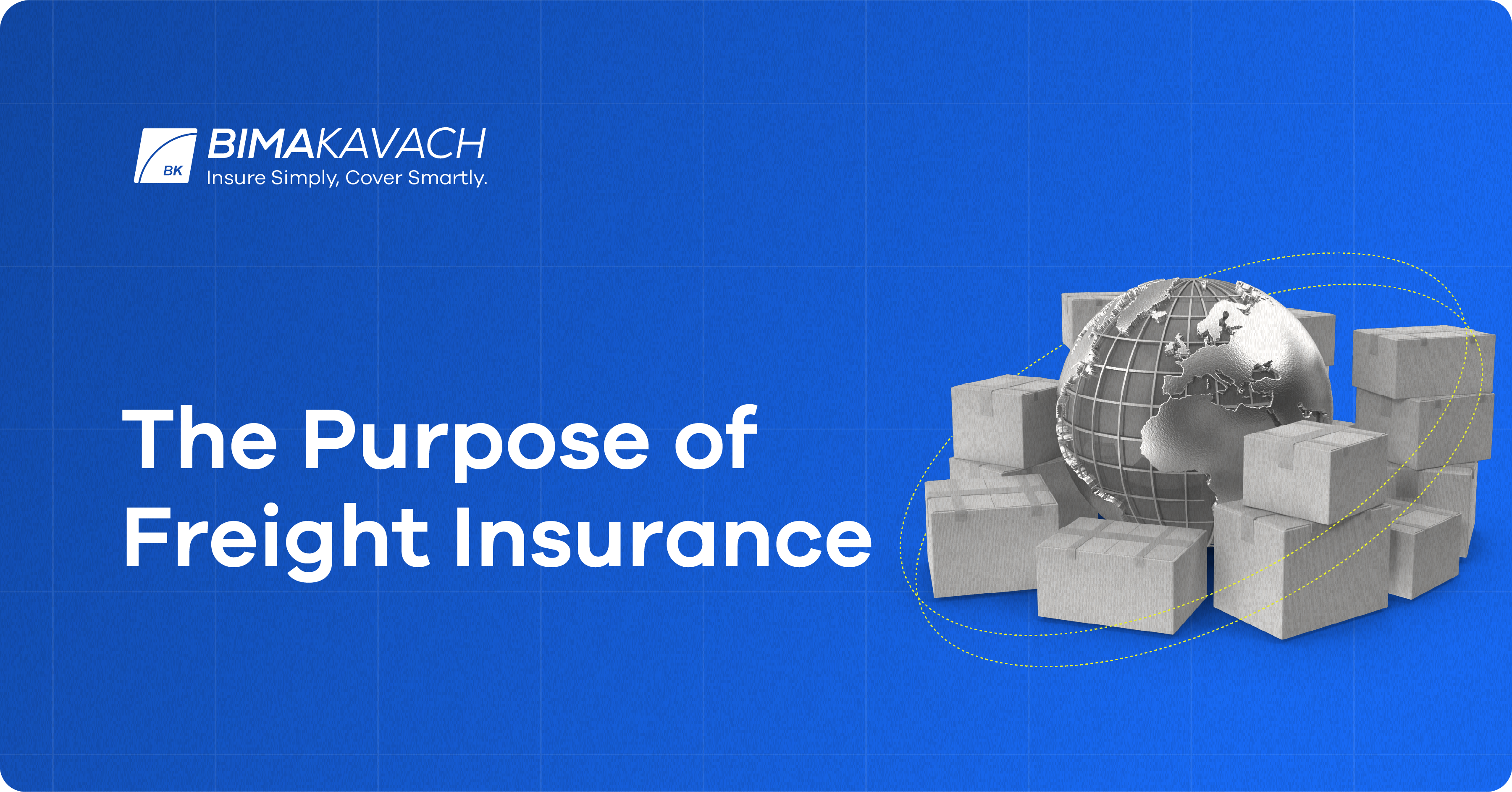Pacific Prime Can Be Fun For Anyone
Pacific Prime Can Be Fun For Anyone
Blog Article
Our Pacific Prime Ideas
Table of ContentsThe Definitive Guide for Pacific PrimeThe Pacific Prime StatementsThe smart Trick of Pacific Prime That Nobody is DiscussingThe Ultimate Guide To Pacific PrimeNot known Incorrect Statements About Pacific Prime

This is because the information were collected for a duration of solid economic performance. Of the estimated 42 million people that were uninsured, all however concerning 420,000 (regarding 1 percent) were under 65 years old, the age at which most Americans come to be eligible for Medicare; 32 million were adults in between ages 18 and 65, around 19 percent of all grownups in this age group; and 10 million were children under 18 years of age, concerning 13.9 percent of all youngsters (Mills, 2000).
These estimates of the variety of persons uninsured are produced from the yearly March Supplement to the Existing Population Survey (CPS), performed by the Census Bureau. Unless or else noted, national price quotes of individuals without health insurance coverage and proportions of the population with various sort of protection are based upon the CPS, one of the most commonly used source of quotes of insurance coverage and uninsurance rates.
The 8-Minute Rule for Pacific Prime

Still, the CPS is especially valuable because it produces yearly quotes fairly swiftly, reporting the previous year's insurance policy coverage approximates each September, and due to the fact that it is the basis for a regular collection of quotes for more than two decades, permitting evaluation of patterns in protection over time. For these factors, along with the considerable usage of the CPS in other studies of insurance policy protection that exist in this record, we count on CPS quotes, with constraints kept in mind.

The price quote of the number of without insurance individuals expands when a populace's insurance coverage standing is tracked for numerous years. Over a three-year period starting early in 1993, 72 million individuals, 29 percent of the U.S. https://href.li/?https://www.pacificprime.com/. populace, were without coverage for a minimum of one month. Within a single year (1994 ), 53 million people experienced a minimum of a month without insurance coverage (Bennefield, 1998a)
Six out of every 10 uninsured adults are themselves used. Working does boost the probability that one and one's family participants will have insurance coverage, it is not an assurance. Even members of family members with two permanent breadwinner have practically a one-in-ten possibility of being without insurance (9.1 percent uninsured rate) (Hoffman and Pohl, 2000).
The Single Strategy To Use For Pacific Prime
New immigrants represent a substantial proportion of people without medical insurance. One analysis has actually connected a significant portion of the recent development in the dimension of the U.S. uninsured population to immigrants who showed up in the nation in index between 1994 and 1998 (Camarota and Edwards, 2000). Current immigrants (those that concerned the USA within the previous 4 years) do have a high price of being without insurance (46 percent), yet they and their children represent simply 6 percent of those without insurance coverage across the country (Holahan et al., 2001).
The partnership between medical insurance and access to care is well established, as documented later in this chapter. Although the connection in between health and wellness insurance coverage and wellness results is neither direct nor basic, a considerable clinical and health solutions study literary works web links wellness insurance policy coverage to improved access to care, better high quality, and enhanced personal and population health condition.
Levels of evaluation for checking out the impacts of uninsurance. This discussion of wellness insurance coverage concentrates mainly on the united state population under age 65 because virtually all Americans 65 and older have Medicare or various other public protection. In addition, it focuses specifically on those with no health and wellness insurance for any type of length of time.
Rumored Buzz on Pacific Prime
The troubles encountered by the underinsured remain in some respects comparable to those encountered by the without insurance, although they are usually much less extreme. expat insurance. Uninsurance and underinsurance, nevertheless, involve distinctly various policy issues, and the strategies for resolving them might differ. Throughout this research study and the five reports to follow, the primary focus gets on individuals with no health and wellness insurance coverage and therefore no help in spending for healthcare past what is offered with charity and security net establishments
Wellness insurance coverage is an effective variable impacting receipt of treatment since both clients and physicians reply to the out-of-pocket price of solutions - https://stieuys-rhuiets-scriank.yolasite.com/. Wellness insurance policy, nonetheless, is neither essential nor sufficient to get to clinical solutions. The independent and direct effect of wellness insurance policy coverage on accessibility to health and wellness solutions is well established.
Others will acquire the health treatment they need even without medical insurance, by spending for it out of pocket or seeking it from providers who offer care totally free or at very subsidized rates. For still others, medical insurance alone does not make sure receipt of care as a result of other nonfinancial barriers, such as an absence of health care carriers in their community, restricted access to transport, illiteracy, or linguistic and cultural distinctions.
Top Guidelines Of Pacific Prime
Formal study about uninsured populaces in the USA dates to the late 1920s and very early 1930s when the Committee on the Price of Medical Treatment generated a series of reports about financing physician office visits and hospitalizations. This problem ended up being prominent as the numbers of medically indigent climbed up throughout the Great Clinical depression.
Report this page